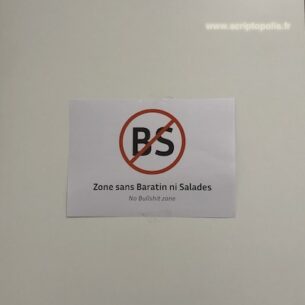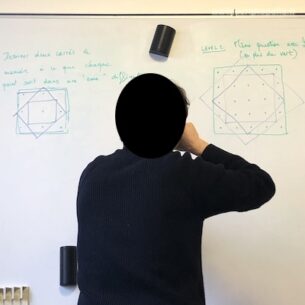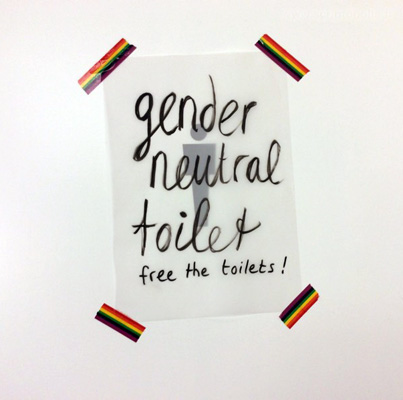Neutral
Rotterdam, August 2018.
The exhibitions in the contemporary museum were disappointing, but an unexpected installation awaited as they walked into the bathroom. On each of the doors, these slogans written in English, lingua franca by excellence, almost completely obscuring the pictograms – the human eye is here less powerful than the camera lens.
The small rainbow tapes and the demanding tone seemed to indicate a militant act, but how could one understand that a place so well maintained did not see museum agents re-establishing signage? Unless they have developed a benevolent neutrality towards this demand for liberation.
While those of private spaces are not problematic, the division of public space bathrooms into categories, here of gender, there of abilities or age, is largely debated. But let us seriously consider this request for neutrality: what should the new signage be? Should pictograms be multiplied like users or, on the contrary, should they be erased in favour of signs favouring objects and uses? In the world of writing as in the one of sensory experiences, aiming for neutrality is not easy.







